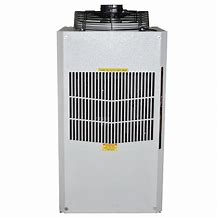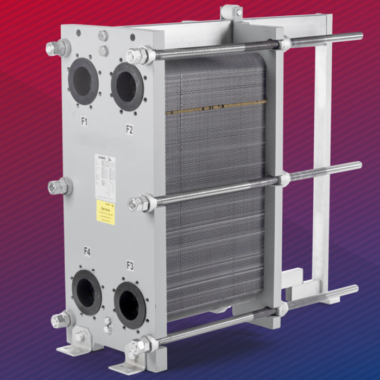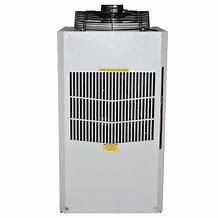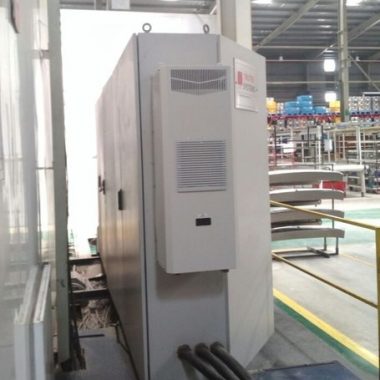Panel Air Conditioners’ Benefits
Panel air conditioners, also known as through-the-wall air conditioners or built-in air conditioners. These are cooling units designed to be mounted on a wall or through a window opening in a building. These air conditioning units are typically smaller in size than central air conditioning systems. Panel air conditioners are ideal for cooling individual rooms or spaces.
Panel air conditioners work by drawing in warm air from the room, cooling it with a refrigeration cycle, and then blowing the cooled air back into the room. Some models may also have additional features, such as adjustable fan speeds, digital thermostats, and air purification systems.
Panel air conditioners have several advantages, including:
Energy Efficiency
These are designed to provide efficient cooling while consuming less energy. This translates to lower energy bills and reduced environmental impact.
Easy Installation
Panel air conditioner is easy to install and require minimal modifications to the room or building. They can be mounted on walls or ceilings, and their compact design saves space.
Customizable Airflow
Panel air conditioner have adjustable airflow direction and speed. Its allowing you to customize the cooling to your desired comfort level.
Quiet Operation
These are designed to operate quietly. It making them ideal for use in bedrooms, living rooms, and other areas where noise levels should be minimal.
Cost-effective
These are generally more affordable than central air conditioning systems. It making them a cost-effective cooling solution for small to medium-sized rooms.
Low Maintenance
It require minimal maintenance, with some models featuring washable filters that can be easily cleaned.
Improved Indoor Air Quality
This is comes with built-in air filters that trap dust, pollen, and other airborne particles, improving indoor air quality and reducing allergy symptoms.
Overall, panel air conditioners are a convenient, cost-effective, and energy-efficient solution for cooling small to medium-sized rooms.






